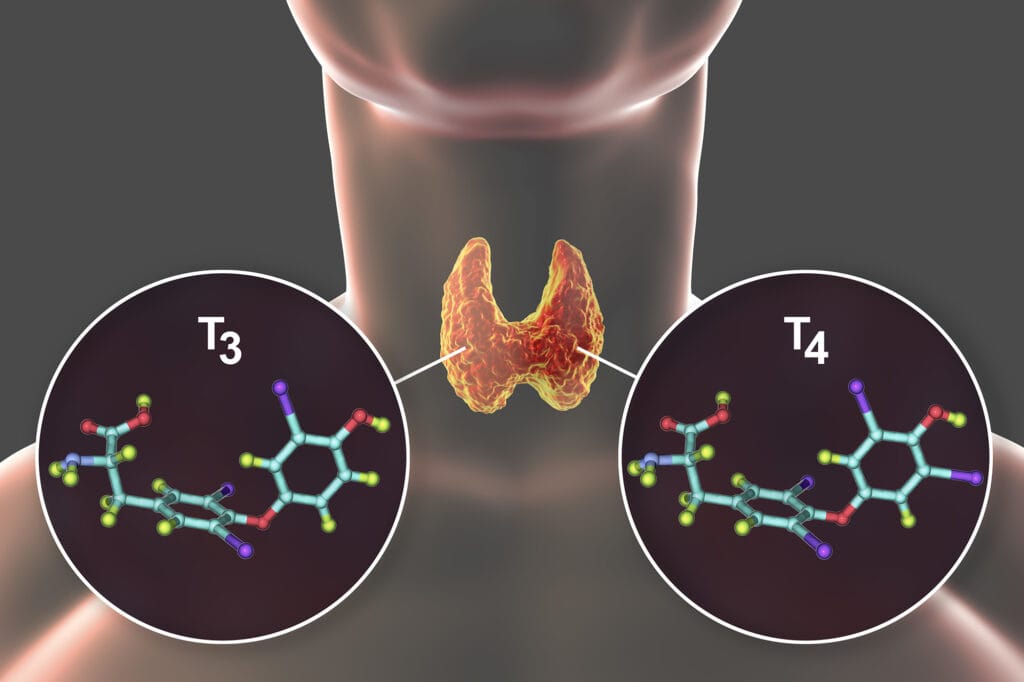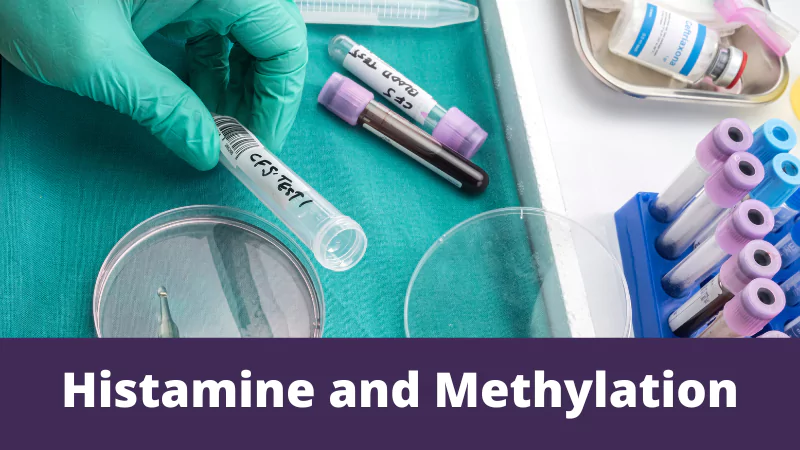The Role of Reverse T3 in Thyroid Dysfunction: A Practical Guide for Practitioners
Reverse T3 (rT3) plays a crucial role in thyroid health, often serving as a marker of the body’s response to stress, illness, or metabolic dysregulation. While rT3 is biologically inactive, it competes with active T3 for receptor binding, effectively slowing metabolic activity. Elevated rT3 can lead to symptoms of hypothyroidism despite normal TSH, T4, and T3 levels.
In this practical guide, we’ll explore the role of rT3 in thyroid dysfunction, how to identify elevated levels, and effective strategies for managing this common yet underdiagnosed issue.
Understanding Reverse T3
Reverse T3 is produced when the body converts T4 (thyroxine) into an inactive form of T3. This process is mediated by the enzyme DIO3 (deiodinase type 3), which inactivates thyroid hormones under specific conditions.








